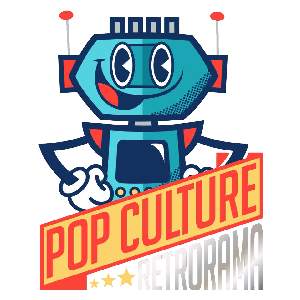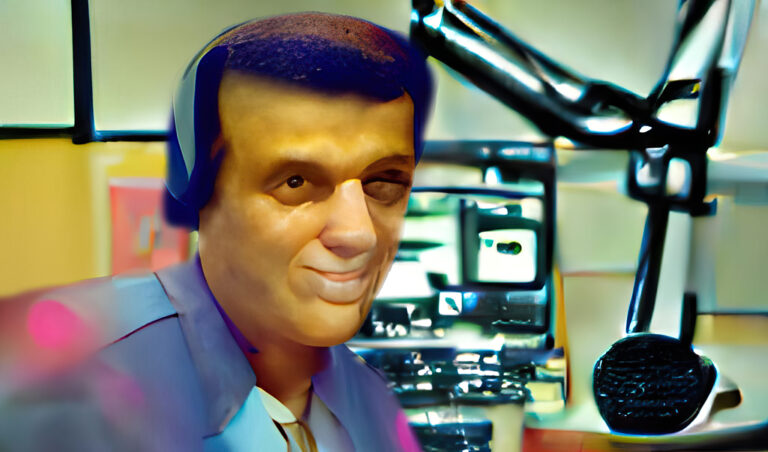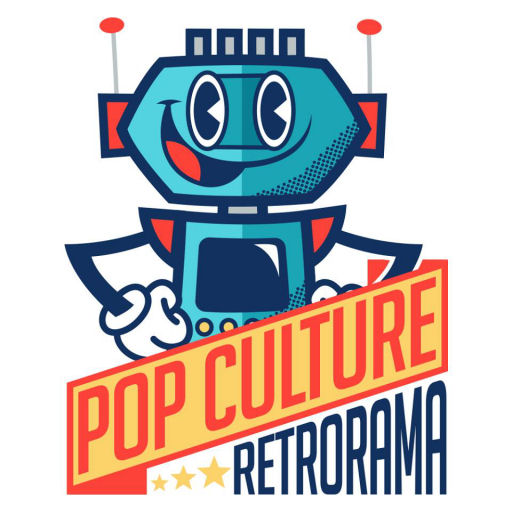Hey there, Pop Culture Retrorama Fans! Ashley Thomas, aka The Nerdy Blogger here. While I am still a bit of a noob when it comes to the horror genre, I do have some familiarity with 1991’s The Silence of the Lambs. The film has quite a history and boasts the only Oscar win for best picture by a horror film. The film celebrates its thirtieth birthday today, so we thought we’d share a few fun facts about The Silence of the Lambs here on the site. Check out the trailer for the film and let’s get started.
Spooky, right? As I mentioned, The Silence of the Lambs not only scored the win for Best Picture at the 1992 Oscars, the film also cleaned up every major category that year–Best Actor, Best Actress, Best Director, and Best Adapted Screenplay. The Silence of the Lambs also received nominations for Best Sound and Best Film Editing. The official Oscars channel on YouTube is a treasure trove of award show highlights, but did you know they have playlists for nearly every year of the Academy Awards? You can actually watch every major award given at the 1992 show here, including each win for The Silence of the Lambs.
I’m one of the younger contributors here at the PCR, so I’m afraid that it was probably past my bedtime when the 1992 Oscars aired on television. One thing I noticed while checking out videos of the award show is that a live orchestra performs musical cues, which I’ve not seen in any award show in recent memory, but also that the 1992 show was hosted by funnyman Billy Crystal! That’s a show I’d happily watch any time. Check out his Hannibal Lecter-themed entrance.
I went back and watched each win that Silence got that year. It was fascinating to watch each recipient react differently. Director Jonathan Demme gave a bit of a rambling acceptance speech. Sir Anthony Hopkins accepted his award with a gentle humility, quite in contrast to his character. The producers of Silence accepted the award in stride, with little fuss. Ted Tally offered a brief, but heartfelt acceptance speech for his win in Best Adapted Screenplay. However, I personally was most moved by Jodie Foster’s acceptance speech.
I am perhaps most moved by Foster’s speech because I bear a deep fondness for Clarice Starling. As a southern person, I find positive and affirming portrayals of southern people all too rare in film and television. Foster’s portrayal of the sharp, intuitive Clarice is one I hold up as an example of the best of the south.
Aside from its critical acclaim, I am most captivated by the cinematography and use of color in the film, as well as the dialogue. The conversations between Clarice and Dr. Lecter are utterly fascinating and are made more so by the way the conversations are shot. Whoever is speaking is the focus of the camera. Rarely during their conversations are they shown in the same shot, save for reflection in the glass. I love how when the tension increases, the shot zooms in closer on each person until their face is nearly the entire frame. It’s nearly imperceptible because the dialogue is so compelling, but once you notice it, it’s hard to not see it in other scenes. It is a simple, but brilliant technique and does much to increase the tension without doing anything distracting.
I also love the stark contrast of the white of Hannibal Lecter’s prison uniform whenever the blood flies in the film. While there are some disturbing scenes in this film, I was surprised that the film was markedly less gory than I expected. The fear is achieved off camera, making it worse in your mind’s eye than anything that actually appears on the screen, with a few exceptions, of course.
What do you think about The Silence of the Lambs? Were you able to catch this one in the theater? If you’d like to hear my further thoughts on the film, check out the “Spooky Scary” episode of Dearly Debated, where I discuss the film, along with three other of my favorite horror films with my friends Greg, Nathanael, and Jason.
Until next time, PCR fans, have the lambs stopped screaming?



+ There are no comments
Add yours